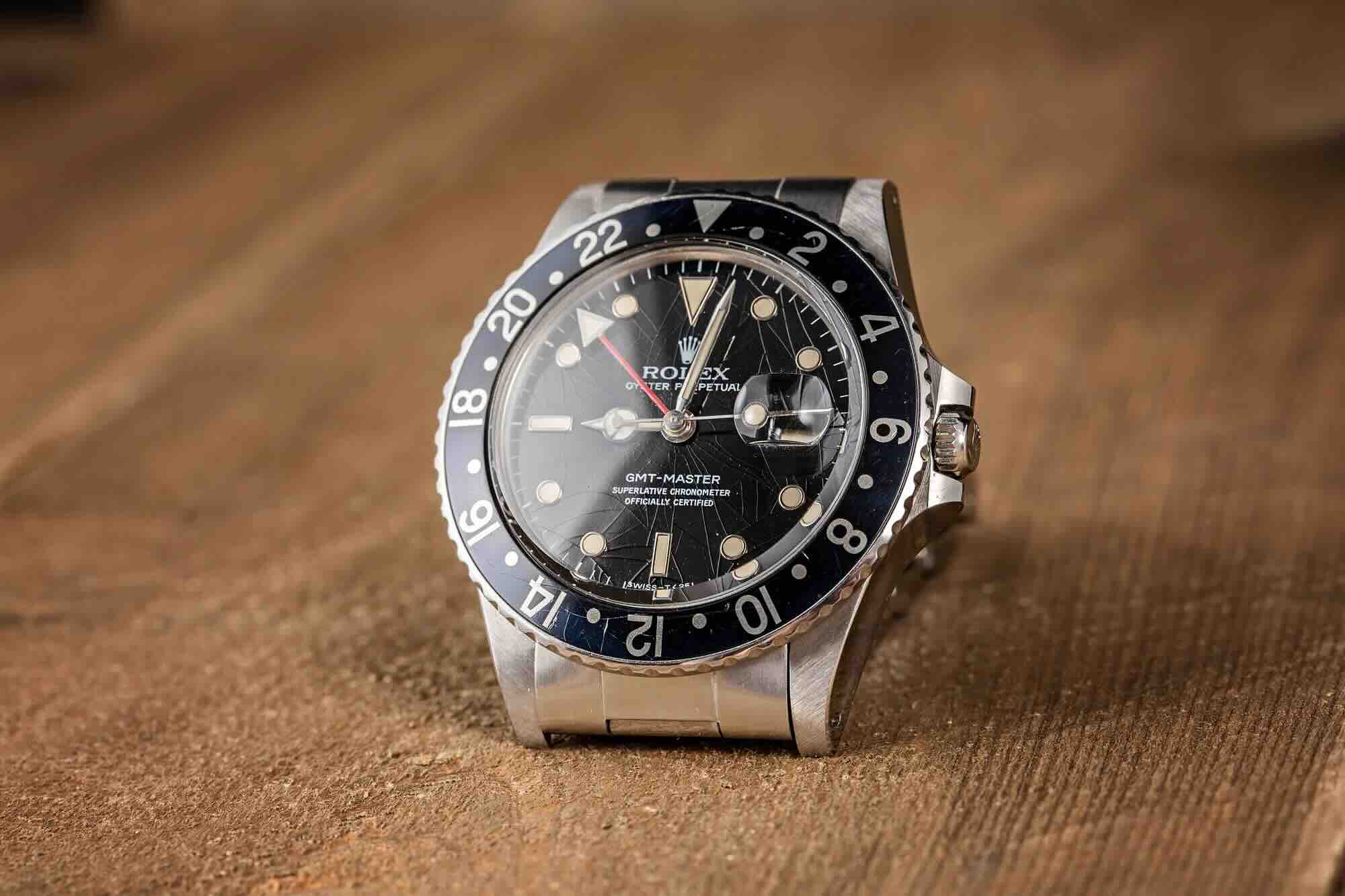
Rolex Spider Dial Explained: The Beauty of Cracked Lacquer
Recently, while browsing a renowned vintage jeweler in Amsterdam, I came across a selection of classic Rolex timepieces. Among them were a few models that immediately caught my eye—watches with cracked gloss dials, commonly known as "spider dials." Their intricate patterns and unique aging process made them stand out in a collection filled with horological masterpieces. Intrigued by their appearance and historical significance, I decided to delve deeper into the phenomenon of the Rolex spider dial.

What is a Rolex Spider Dial?
The term "spider dial" refers to a watch dial that has developed fine cracks on its surface, resembling a spider web. While this effect is not exclusive to Rolex, it is particularly notable within vintage Rolex models from the 1980s. These cracks, also known as crazing, occur due to the lacquer finish used on certain dials, which over time proved to be sensitive to UV exposure and temperature changes.
Rolex’s earlier glossy dials from the 1980s contained a lacquer mixture that, while visually striking, was prone to developing these web-like fissures. As a result, many of these watches acquired a unique and organic aging pattern that has since gained a following among collectors. Importantly, Rolex later refined its production process, making modern gloss dials more resistant to such wear.
It's worth noting that Rolex is not the only brand that has experienced this issue. Many manufacturers used similar lacquer finishes, leading to the same type of cracking over time. This imperfection originates from the dial production process, affecting multiple watch brands from the same era.
Are Rolex Spider Dials Valuable?
As with most forms of watch patina, the value of a Rolex spider dial depends on collector preference. Some enthusiasts see the cracks as a natural and appealing aging effect, similar to tropical dials or faded bezels, while others prefer a pristine, unblemished dial. The market value of a spider dial Rolex is often determined by factors such as the consistency, density, and pattern of the cracks.
If you are considering purchasing a Rolex with a spider dial, it’s a good idea to compare auction results and completed listings of similar models. Looking at past sales can give you insight into how these watches are priced relative to their non-spider counterparts.

Two Examples of Rolex Spider Dials
Rolex Day-Date 18078
The Rolex Day-Date ref. 18078 is one of the most notable examples of a spider dial. Released in 1978, this model was the first Day-Date to feature a quickset date function. It also introduced a sapphire crystal, which, unlike acrylic, offers a completely transparent view of the dial.
Like other Rolex models from this era, some 18078 dials developed the signature spider web-like cracks due to the delicate lacquer finish. Some examples display subtle, almost imperceptible crazing, while others feature dramatic and highly visible patterns. For collectors, the appeal of a spider dial on a Day-Date 18078 often depends on the symmetry and consistency of the cracks, with well-defined examples sometimes commanding a premium in the vintage market.

Rolex GMT-Master 16750
Another well-known instance of a Rolex spider dial can be found in the GMT-Master ref. 16750. Produced between 1979 and 1988, the 16750 underwent a transition from matte dials with painted luminous markers to glossy dials with applied white gold hour markers. It is these glossy dials that sometimes exhibit the spider effect.
The crazing on these dials varies in prominence, with some showing only faint lines and others displaying more intricate, well-formed patterns. The presence of an acrylic crystal on some models can make the cracks slightly less visible, whereas a sapphire crystal allows for a clearer and more pronounced view of the unique dial aging.

Final Thoughts
The Rolex spider dial is a fascinating example of how time and natural elements can alter a watch’s aesthetics in unexpected ways. While some collectors see these cracks as defects, others appreciate them as an authentic representation of a watch’s history and character. Whether you view spider dials as a flaw or a feature, there’s no denying their place in the world of vintage watch collecting.
What do you think of Rolex spider dials? Are they a charming detail or an imperfection you’d rather avoid? If you're looking to enhance your Rolex watch, consider exploring our range of curved end leather straps designed to complement both modern and vintage timepieces.
Image banner source: Bobs Watches

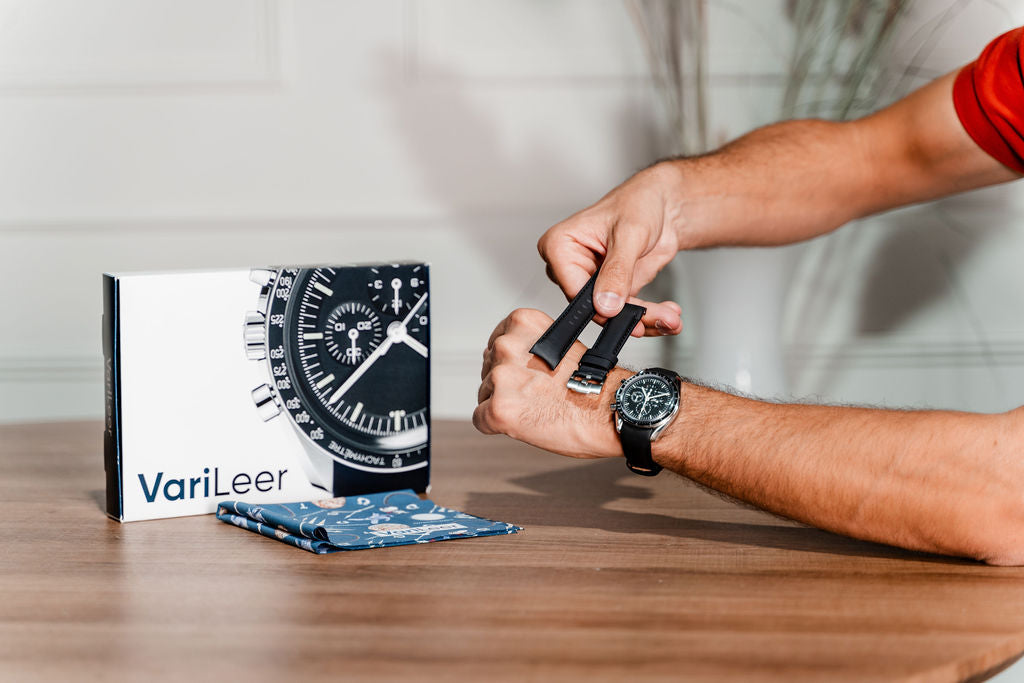
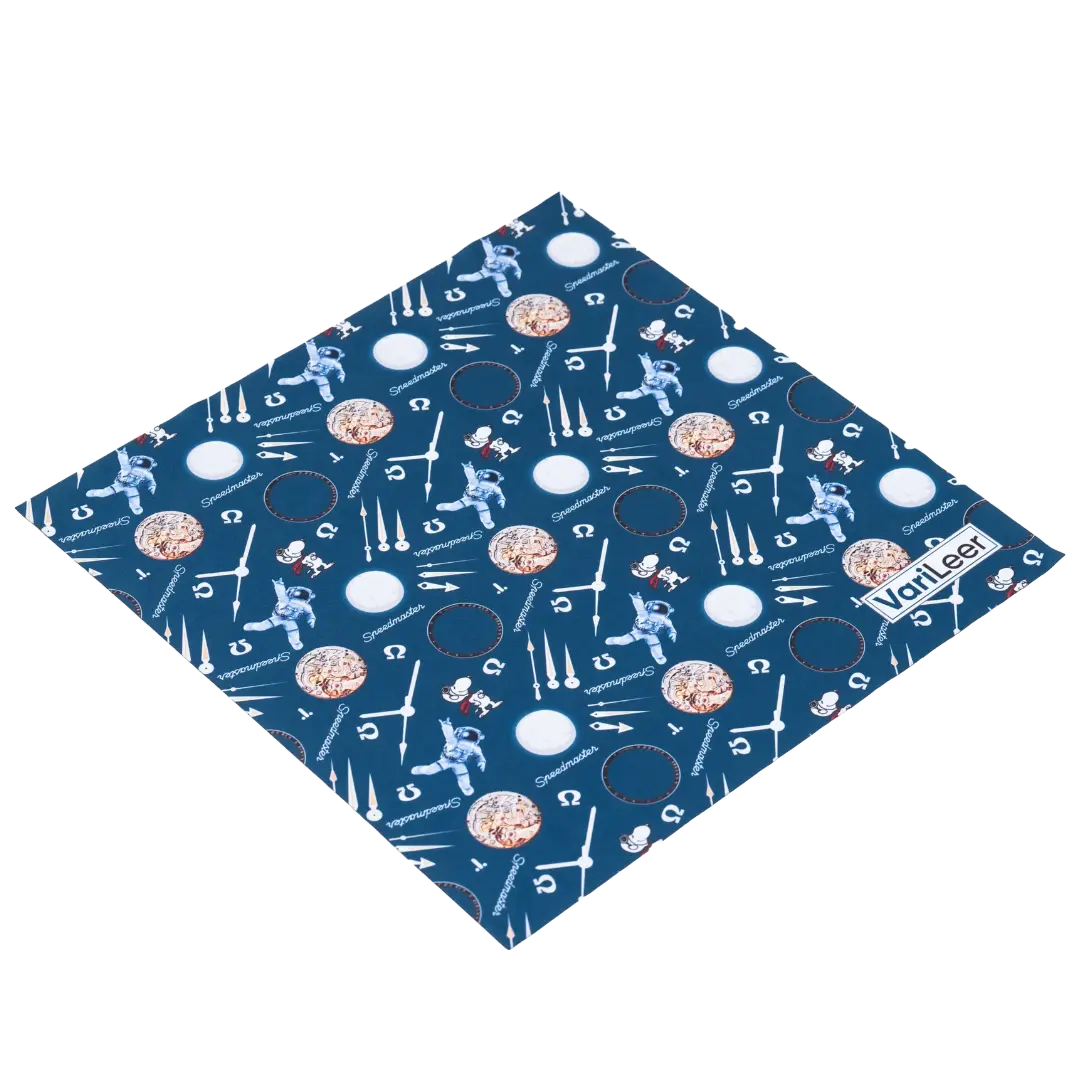
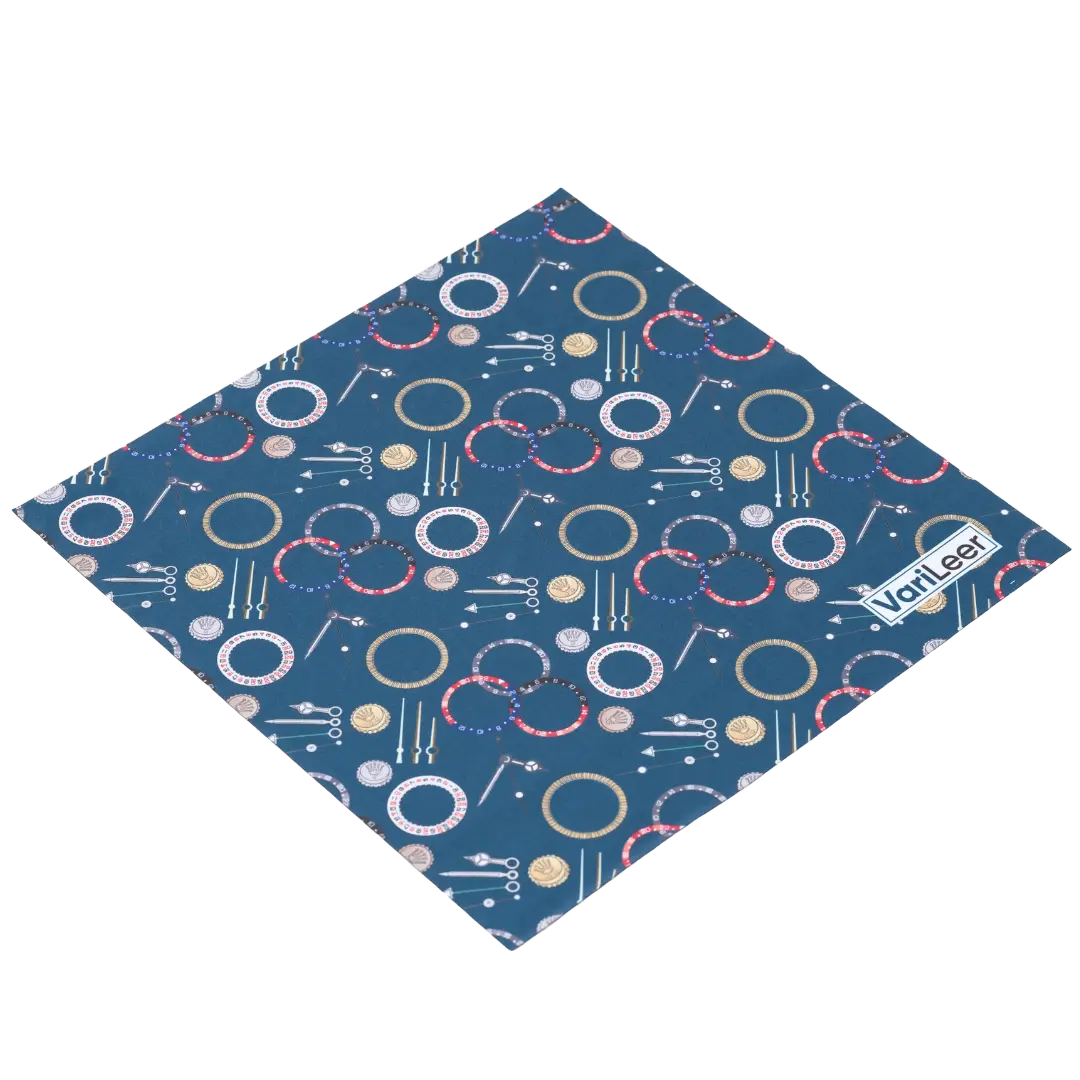
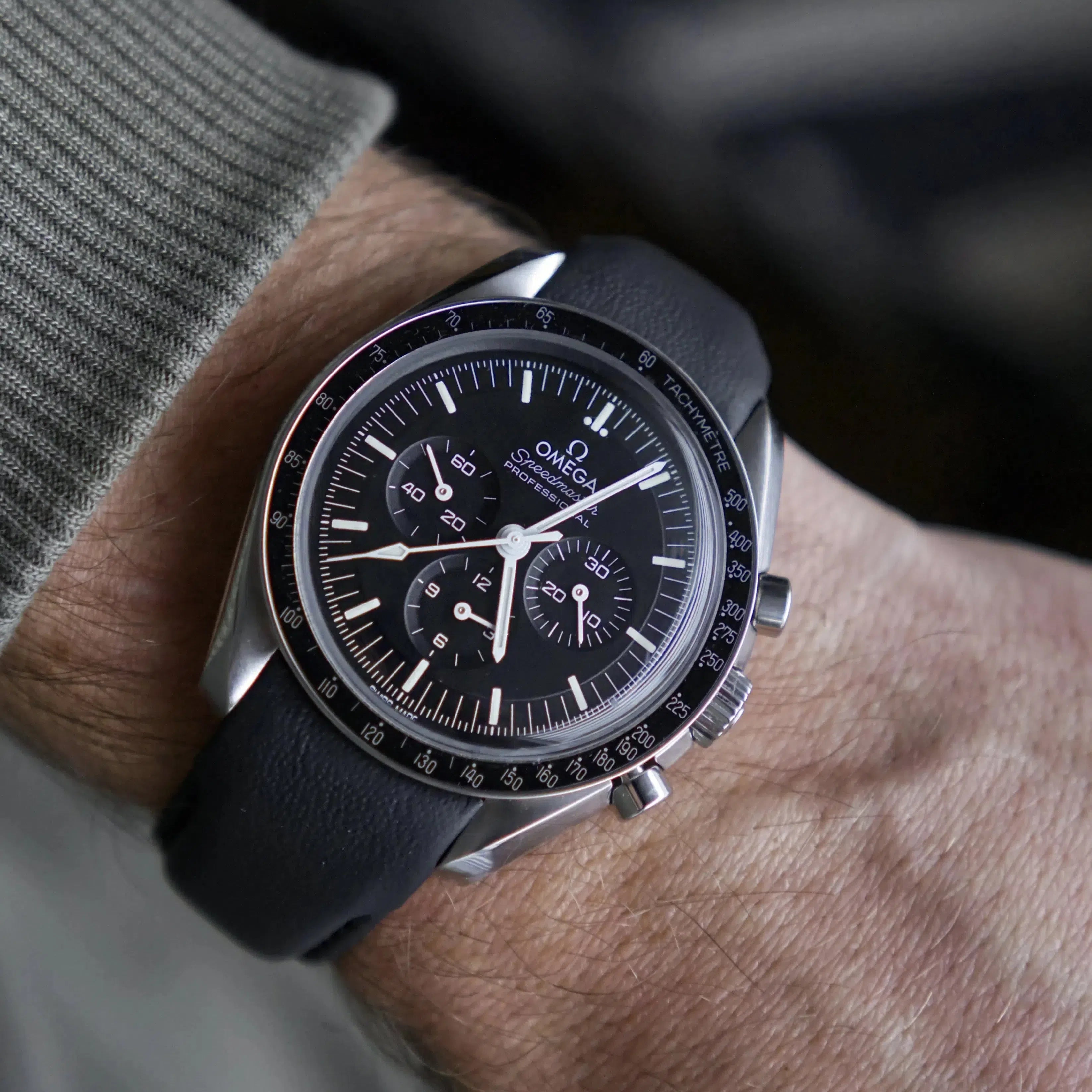
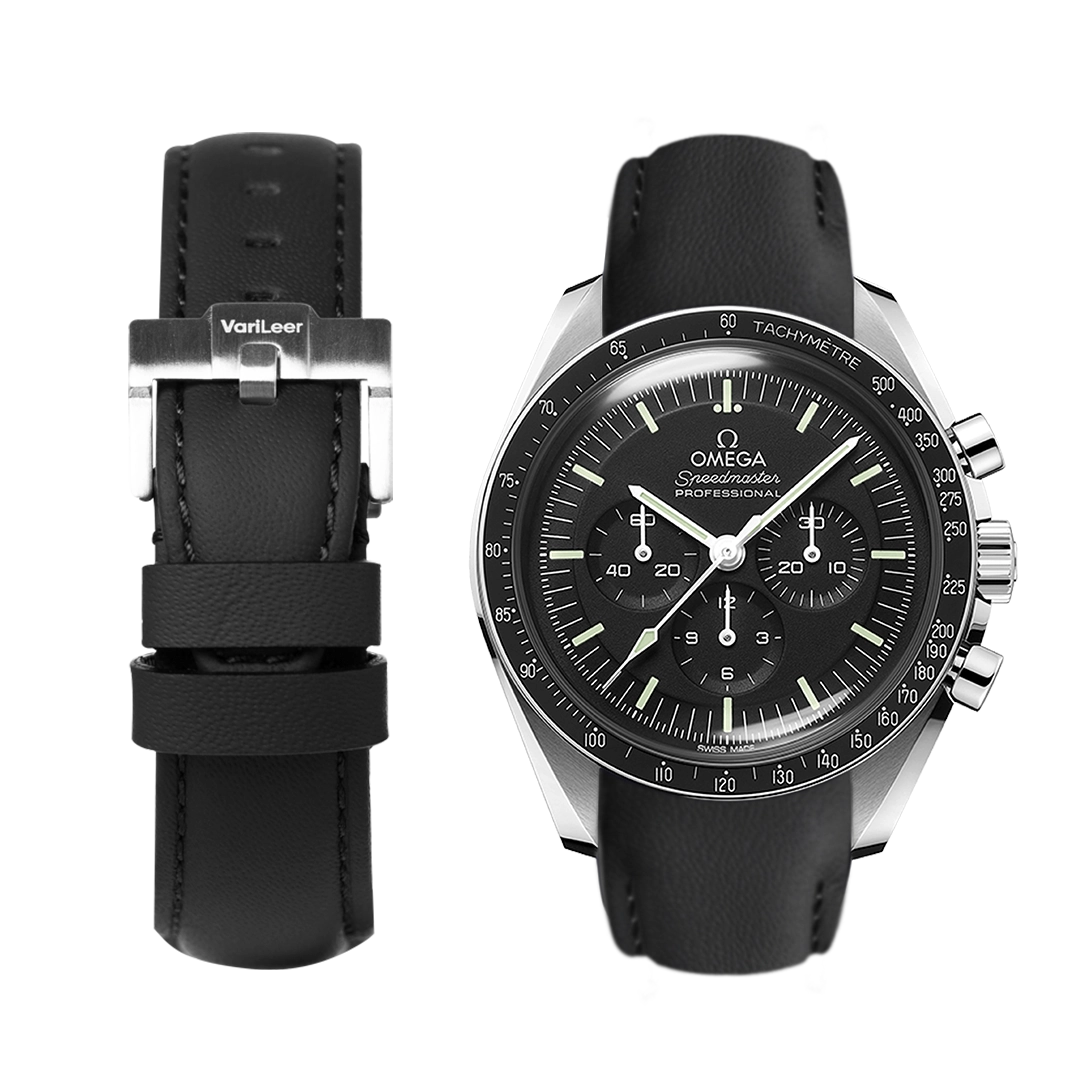
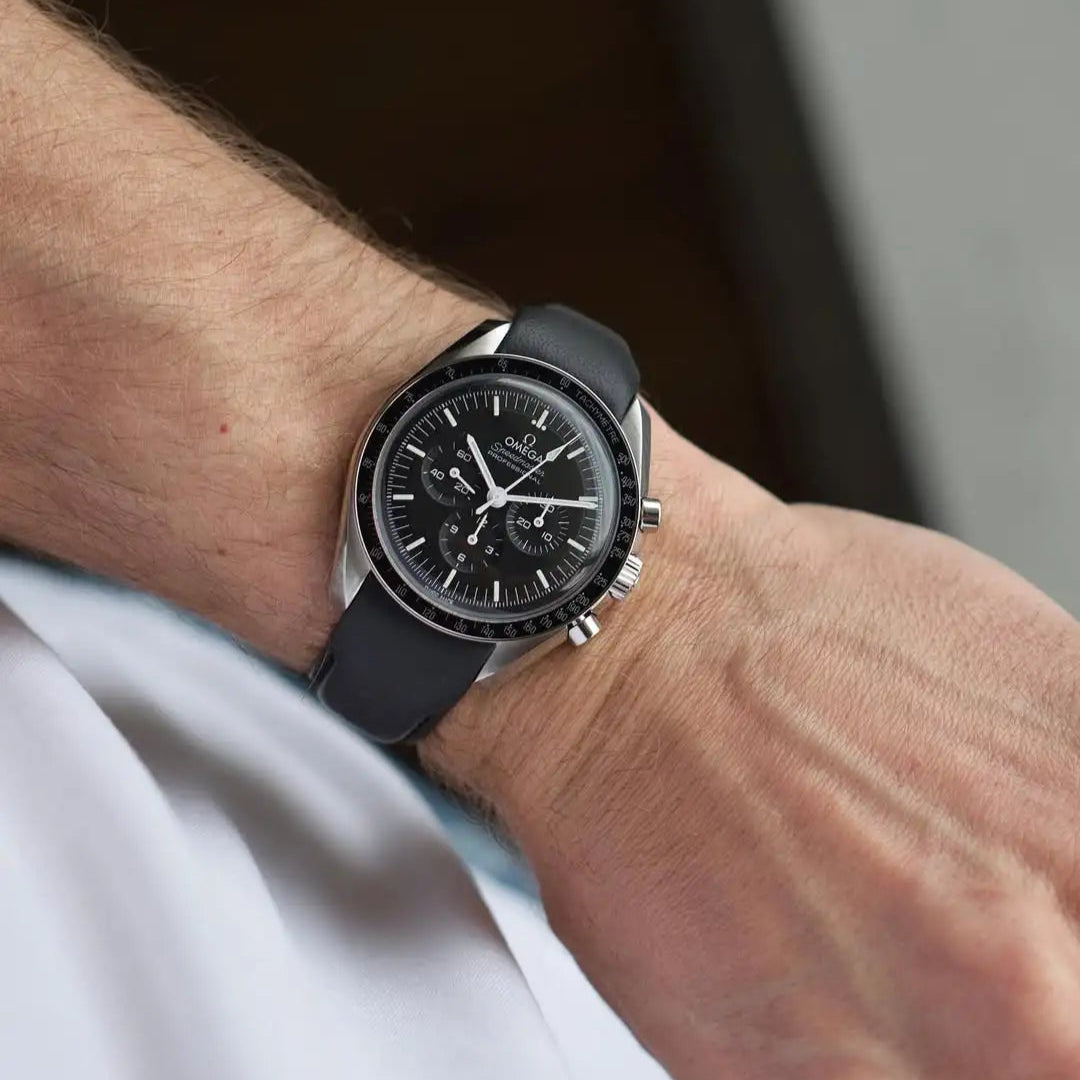
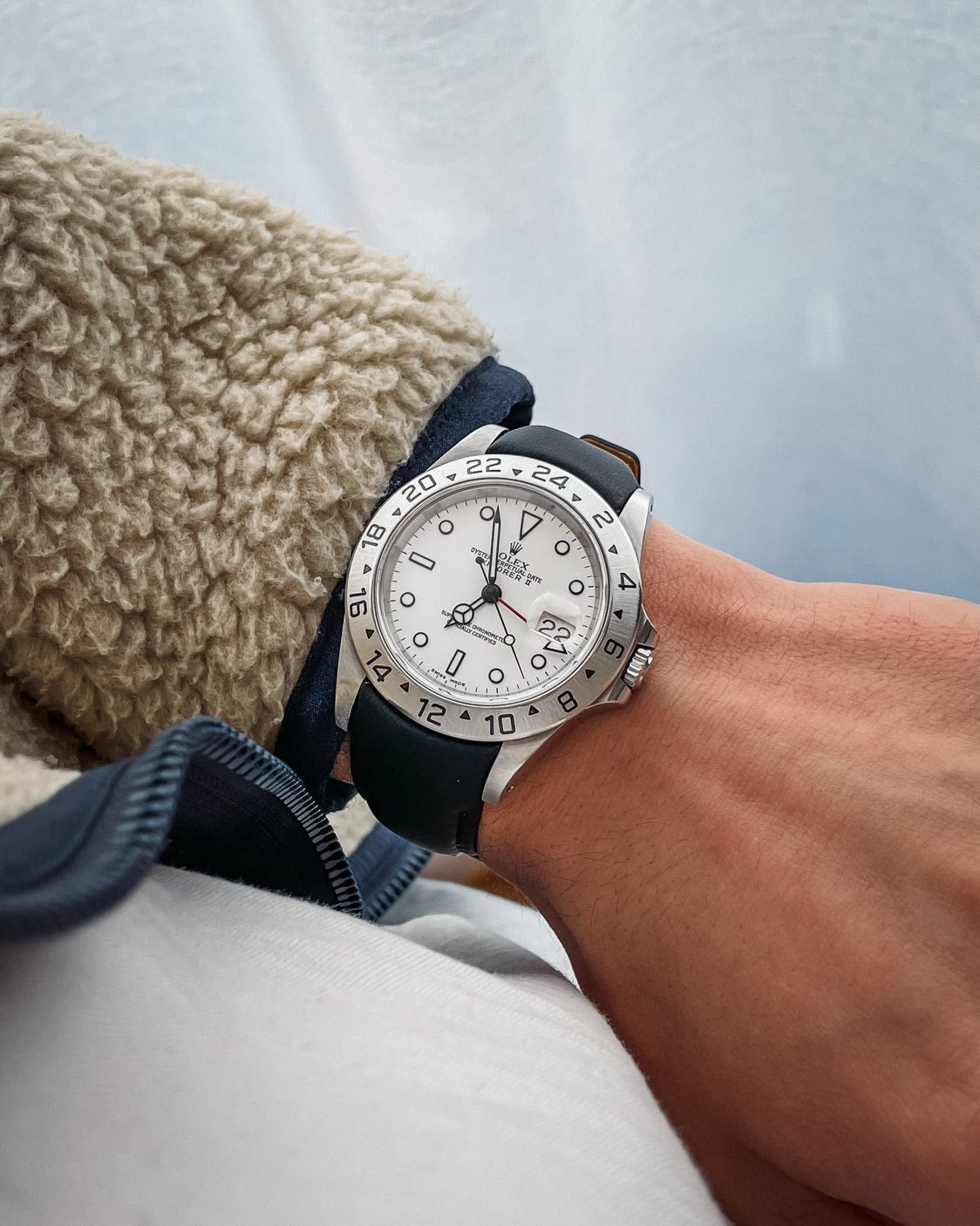
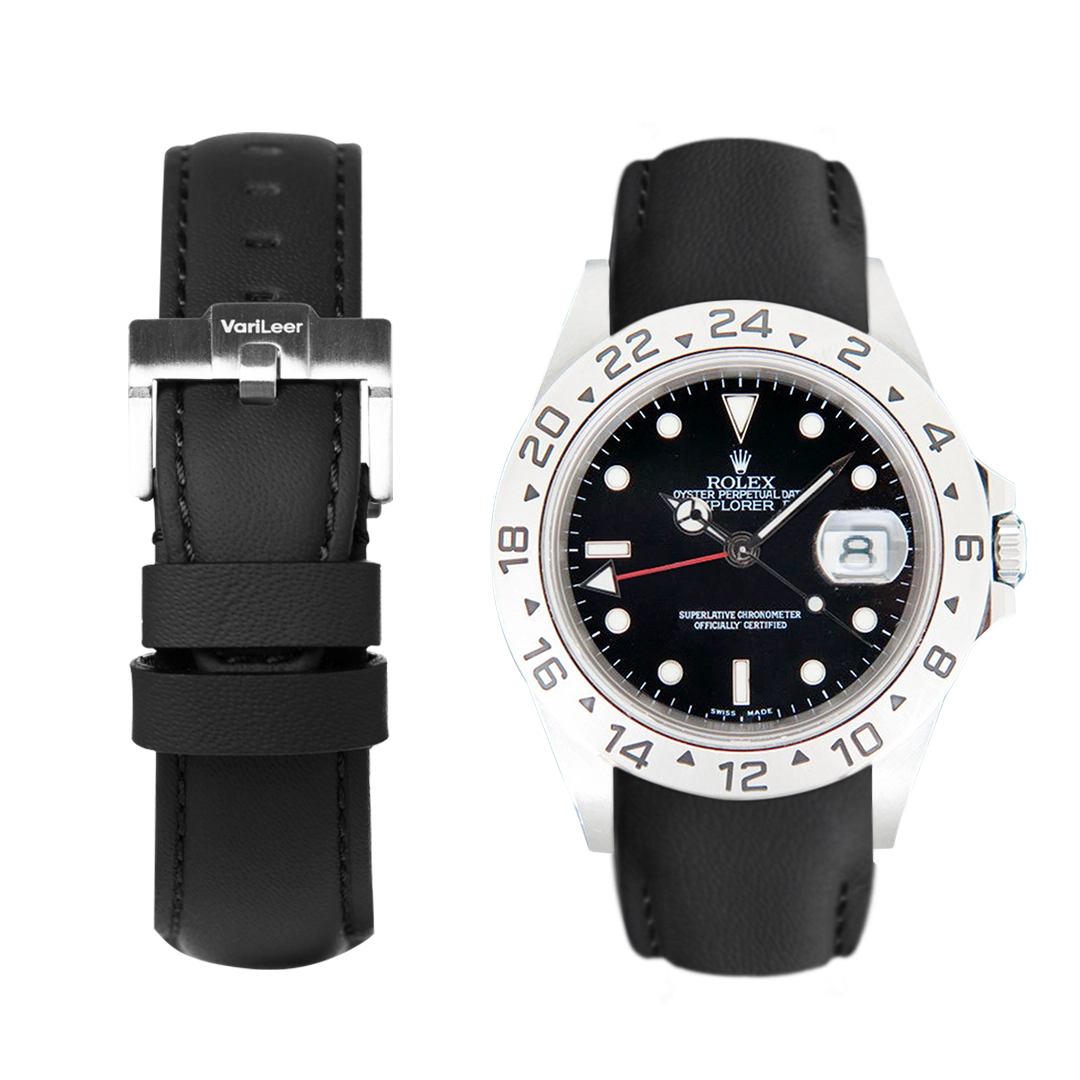
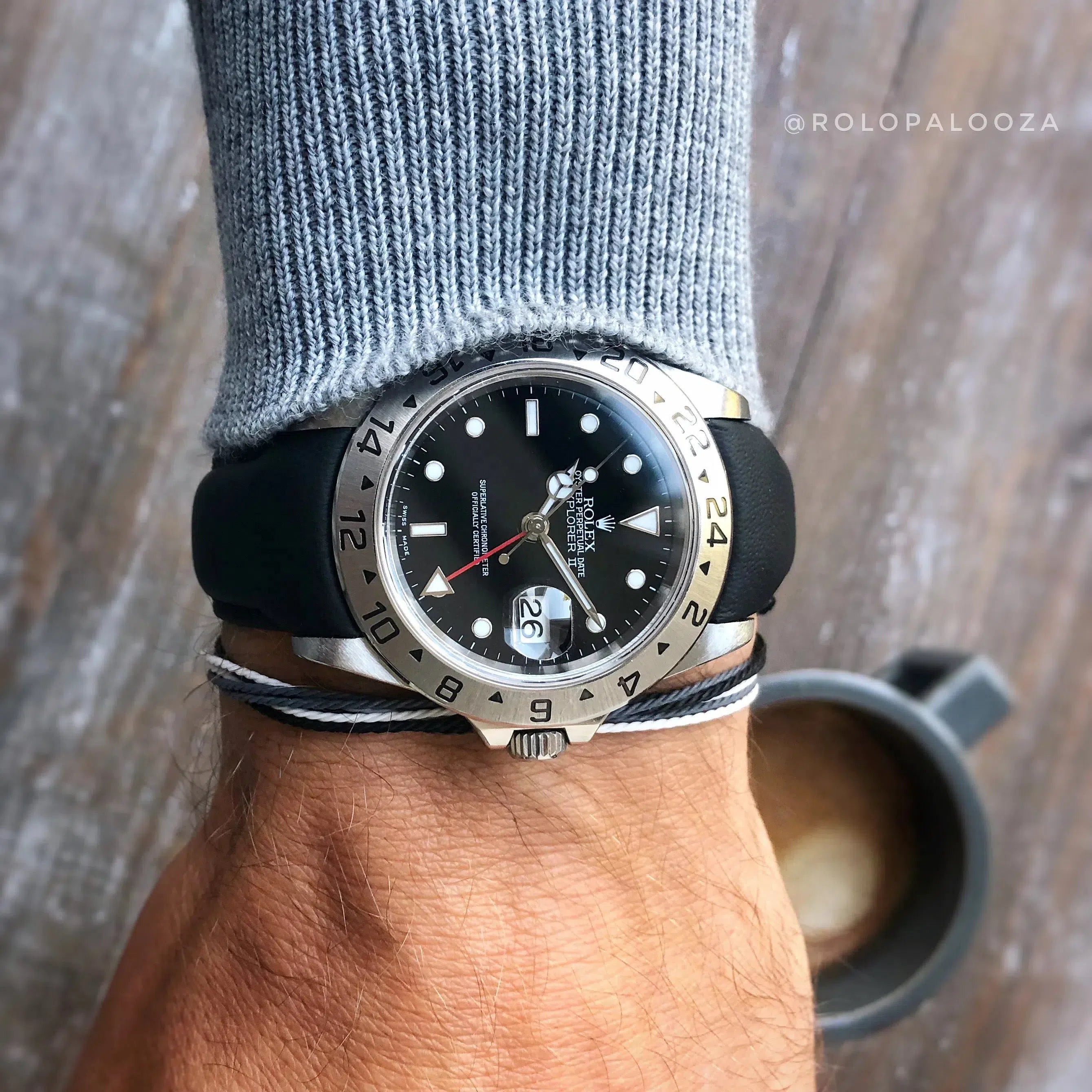
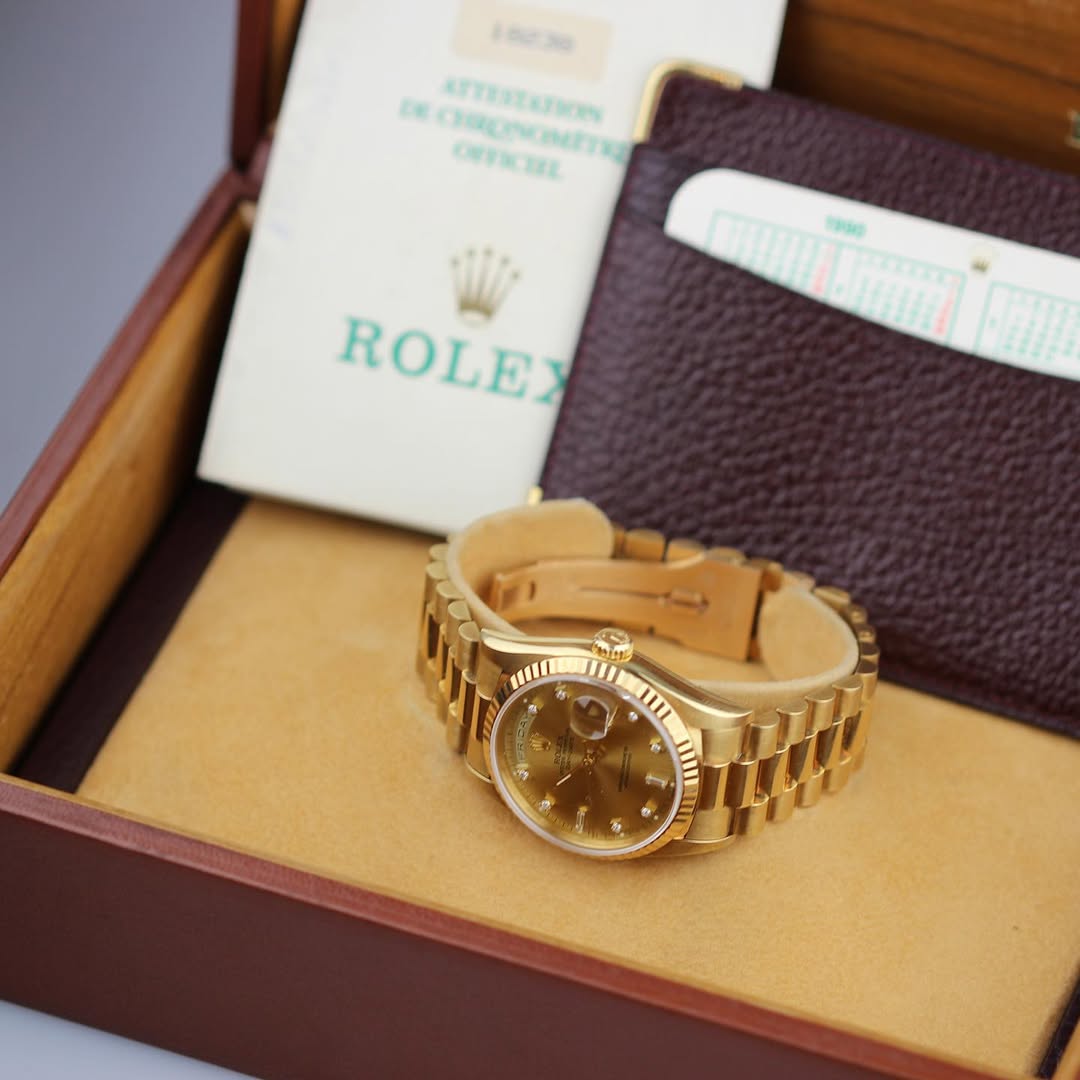
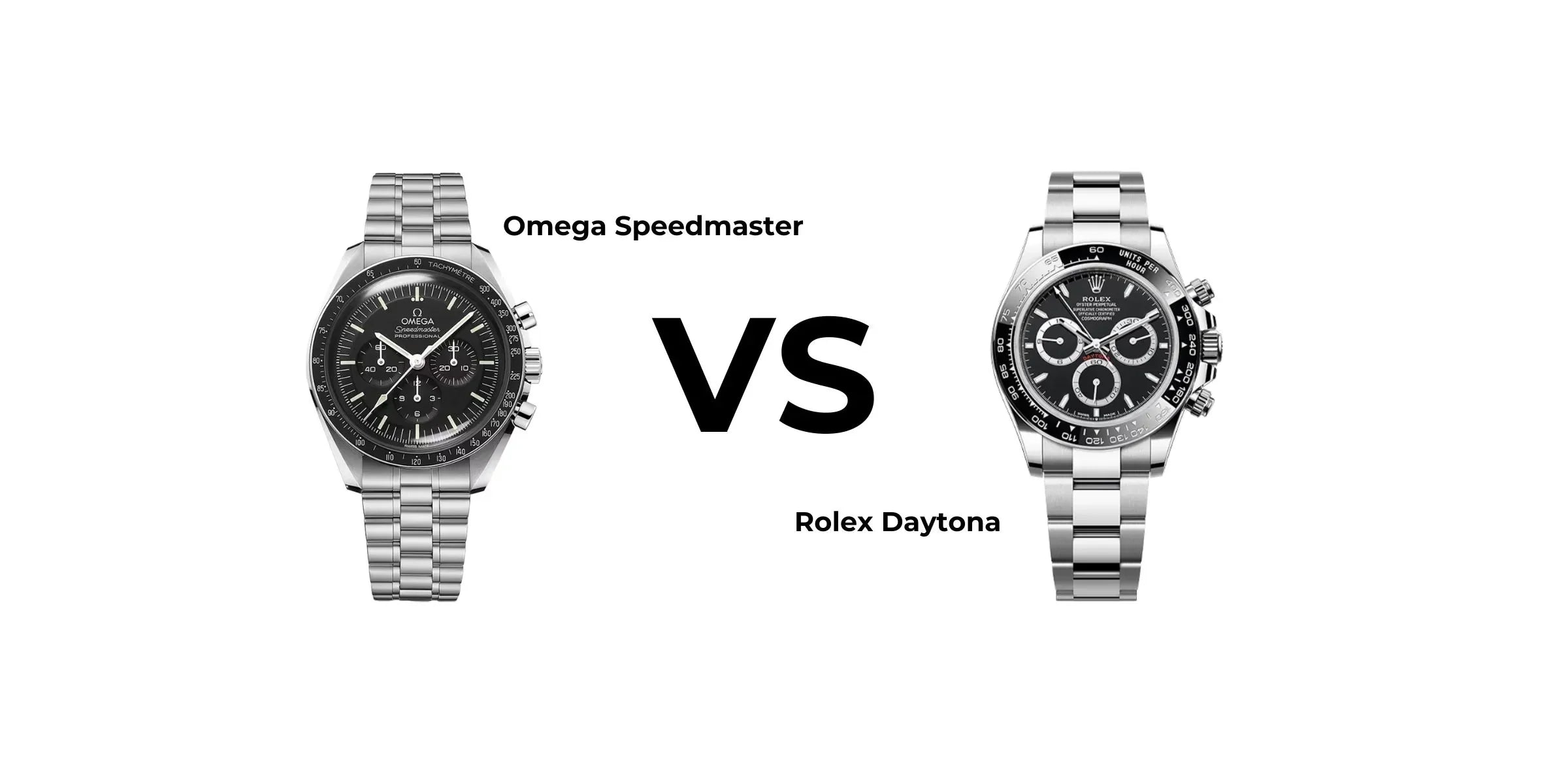
Leave a comment
This site is protected by hCaptcha and the hCaptcha Privacy Policy and Terms of Service apply.